Last weekend I got up before the birds, rubbed the sleep from my bleary eyes, poured a peppermint tea, and set a course for Bicester Heritage, in Oxfordshire.
Like many, I like to beat the rush and arrive early. At five in the morning, traffic is blissfully absent, and by the time I rolled up to the former RAF airbase no more than a couple of hours later, I wished all long journeys could be conducted at an average speed of 64mph.

The event was the April Scramble, a social tyre-kicking session for thousands of petrolheads from far and wide. But the pull for me was more particular: a rather remarkable gathering of British cars.
Somehow, the folks over at The Intercooler had managed to assemble an example of every Ultimate Series McLaren, a feat nobody to the best of my knowledge has attempted before, let alone pulled off. For the uninitiated, these are the limited-edition, money-no-object hypercars comprised of the roofless Elva spider, the Senna track special, and the Speedtail, a car that is as mesmerising to drive as it is to look at, as we found when we drove the one in 2020. (All, I’d wager, will have found homes in the sort of car collections that would make you go weak at the knees.)
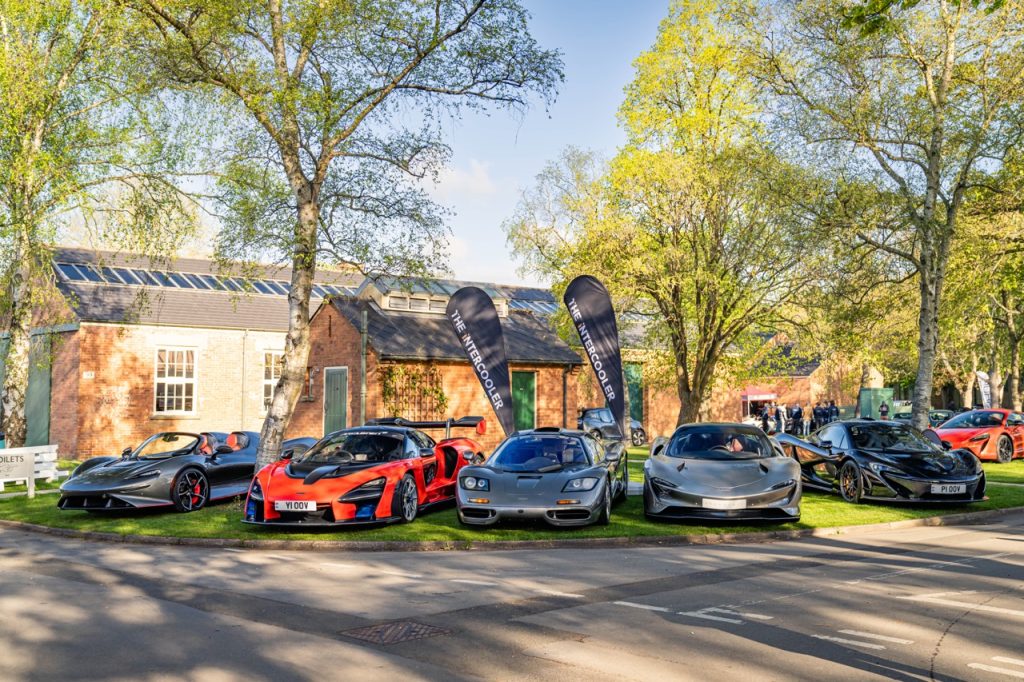
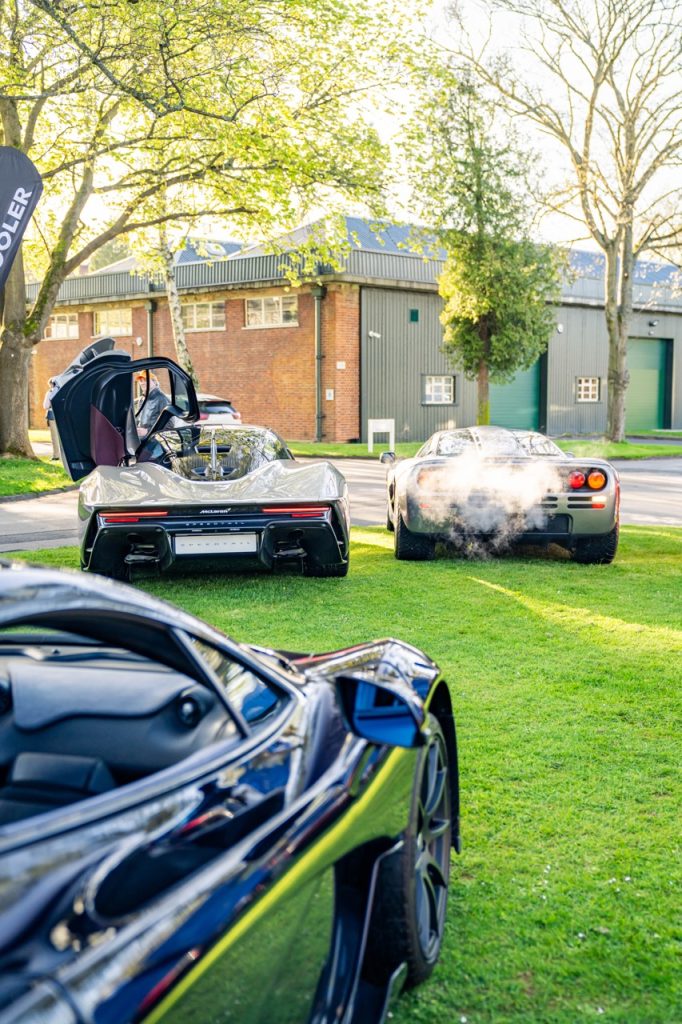
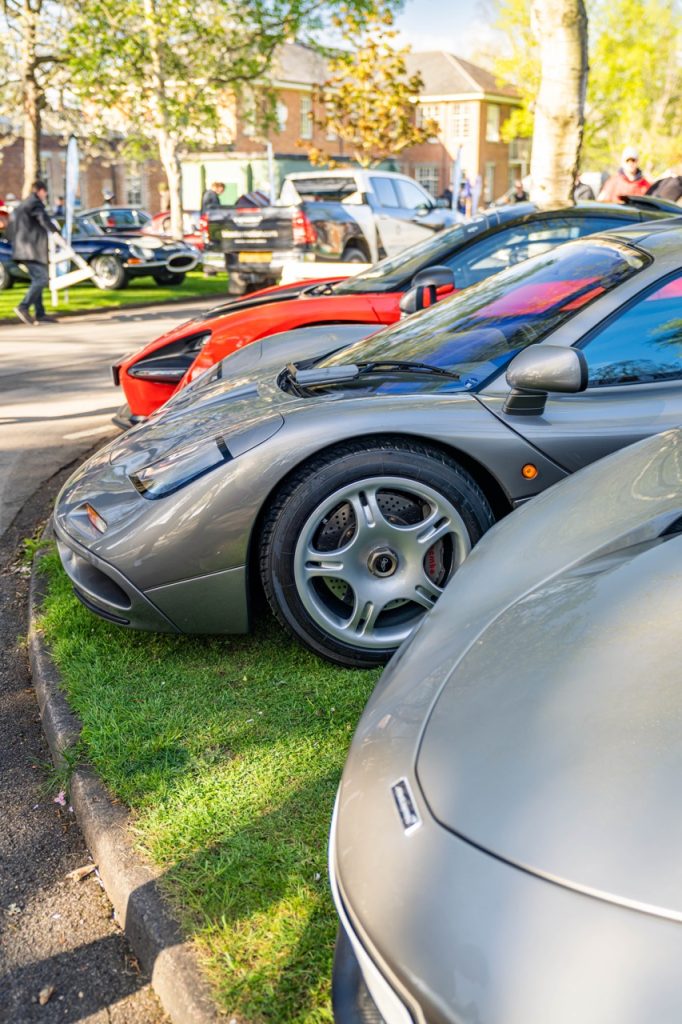
That’s impressive enough, right? But to these were added a P1 – you remember, the one that Jeremy Clarkson pitched against the Ferrari La Ferrari and Porsche 918 Spyder in season one of The Grand Tour – and the original granddaddy of the lot, an F1.
Now, I am old and ugly enough to have been in this game when the F1 was launched, in 1992. And I well remember that the magazine I worked with at the time was NOT one of the two UK titles to be permitted to drive the F1 once McLaren decided it would allow anyone other than a prospective buyer time behind the wheel. Our weekly rival Autocar scooped the road test, while of the monthlies only Car was granted an audience with automotive royalty.
McLaren didn’t exactly have a glut of F1s for media swan around in. Yet the irony is, despite what anyone from the company may have said at the time, it needed to do more than have an independent road test of record conducted – because the F1 was a tough sell. Launched into a global recession that saw buyers try to reverse their way out of a deal faster than any supercar could go, it was a tricky time to convince even the wealthiest clientele to part with £540,000. McLaren had talked about building more than 300 F1s, but in the end a mere 64 standard production road cars were made, the remaining 42 a mix of predominantly GTR race cars (which weren’t in the plan from the get-go), prototypes, and the heady F1 LM variant.
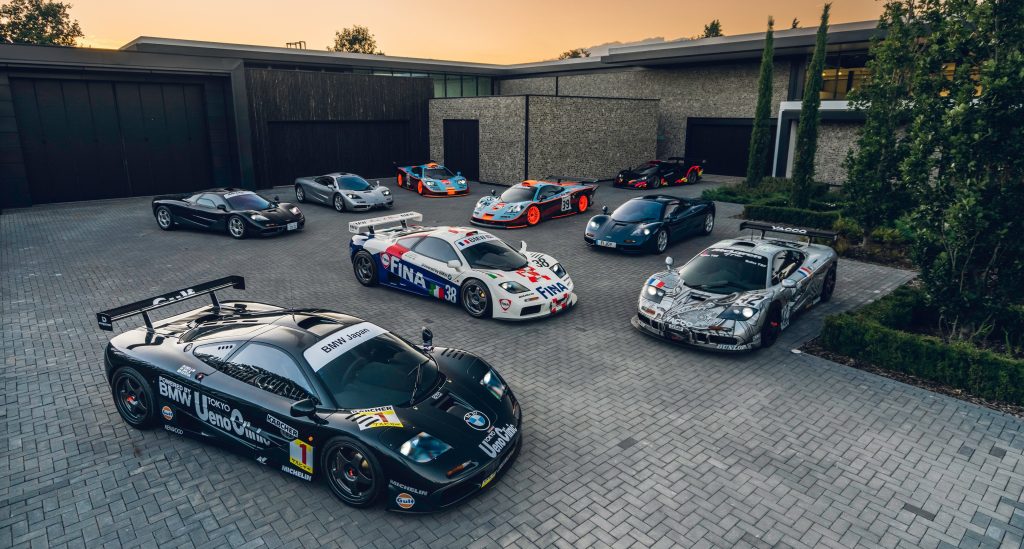
The vision of Gordon Murray – a vision that was, legend has it, communicated in a 10-hour briefing session to the tight-knit team at McLaren – was, he wrote at the time of the car’s release, to “develop the world’s finest driver’s car by applying Formula 1 technologies to offer Grand Prix–style capability, control and quality throughout.”
Murray was greatly influenced by Honda’s NSX, a sports car that was unusually useable for the time. He went on to say that the F1 should be “the purest driver’s car, compact and above all ultra-lightweight, to achieve optimum all-round performance.” The team nailed the brief and then some.
Seeing the F1 some 32 years on, directly alongside the younger members of the McLaren supercar family, you’re left with a feeling of overwhelming respect for Murray and his merry band of engineers and designers. The proportions are strikingly compact – where are the overhangs?! – yet inside, the packaging encompasses a chunky V12 engine and gearbox, seating for three people and enough stowage space to not have to send a member of your household staff ahead with the luggage.
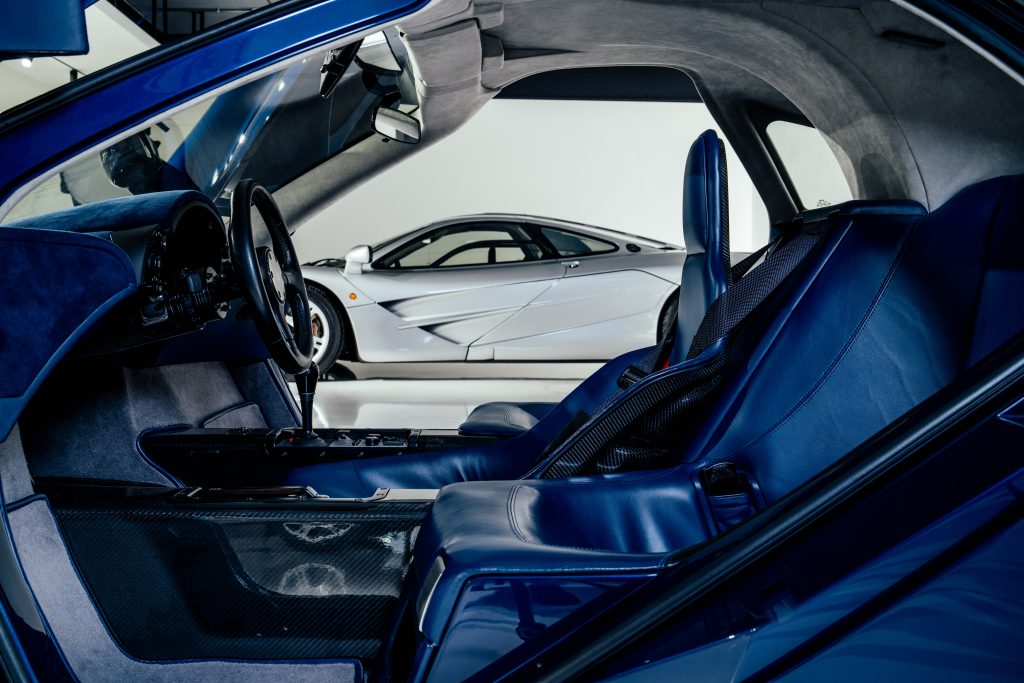
And that body, the work of Peter Stevens, has a timeless, understated economy to it, born of an age before ultra-high-powered computers and gazillion-dollar wind tunnels mutated supercars into ugly, wannabe racing cars (we’re looking at you, McLaren Senna), and increasing global competition saw designers stray down an attention-seeking path.
That feeling of restraint even carries through to the V12 when it’s idling from cold. Compared with the needy, look-at-me histrionics of all the other machines firing to life around it, the F1 seems somehow socially sensitive, if ever such a thing could be said of a 240mph machine.
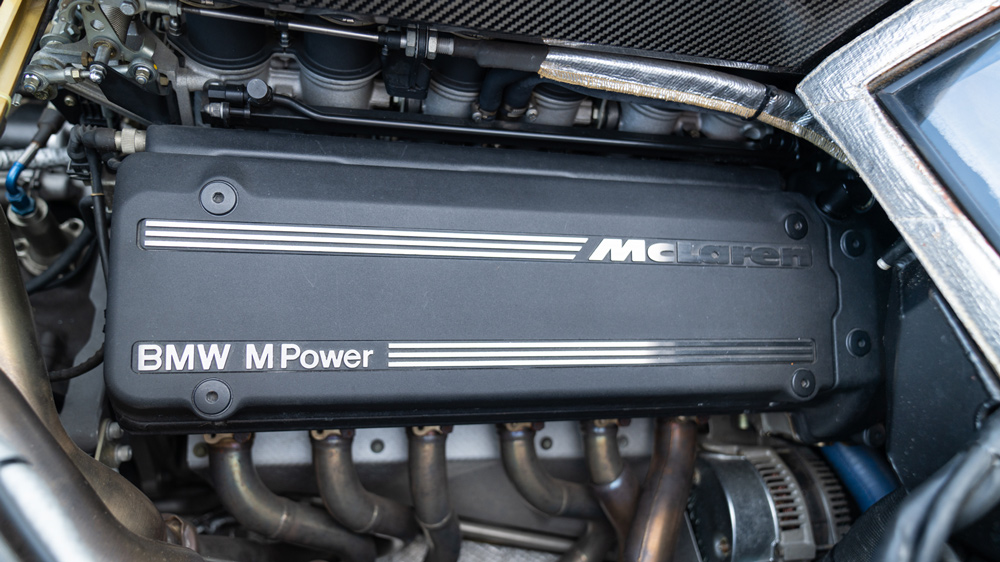
And yet… those who have driven it, and driven it hard, say it can be a handful. Wound past its peak torque at 4000rpm, that naturally aspirated BMW V12 dominates the driving experience. Even today, at three-figure speeds, the F1’s acceleration is on a par with McLaren’s 750S supercar. But without any driver aids to tame it – there was never power steering, servo-assistance, or antilock for the brakes, no traction control or stability control – and a softly sprung rear end that can prove hair-raisingly mobile at the limit, the F1 tasks the driver with total control.
Despite or perhaps because of this reputation for being tricky to manage, the F1’s status amongst petrolheads is the stuff of legend. At the April Scramble gathering, the spectacle of all the Ultimate Series McLarens brought together for the first time isn’t what will stay with me. It was the way the crowds gravitated toward the F1, eager for a chance to witness for themselves this historical artefact.
Great cars rise above their flaws, and as many have said long before me, and as the crowds at Bicester echoed, the F1 is arguably the greatest of the lot.









